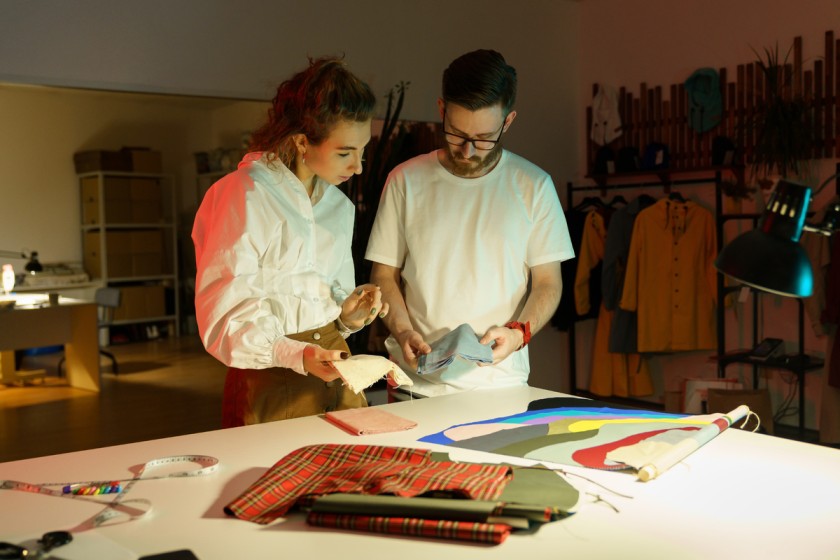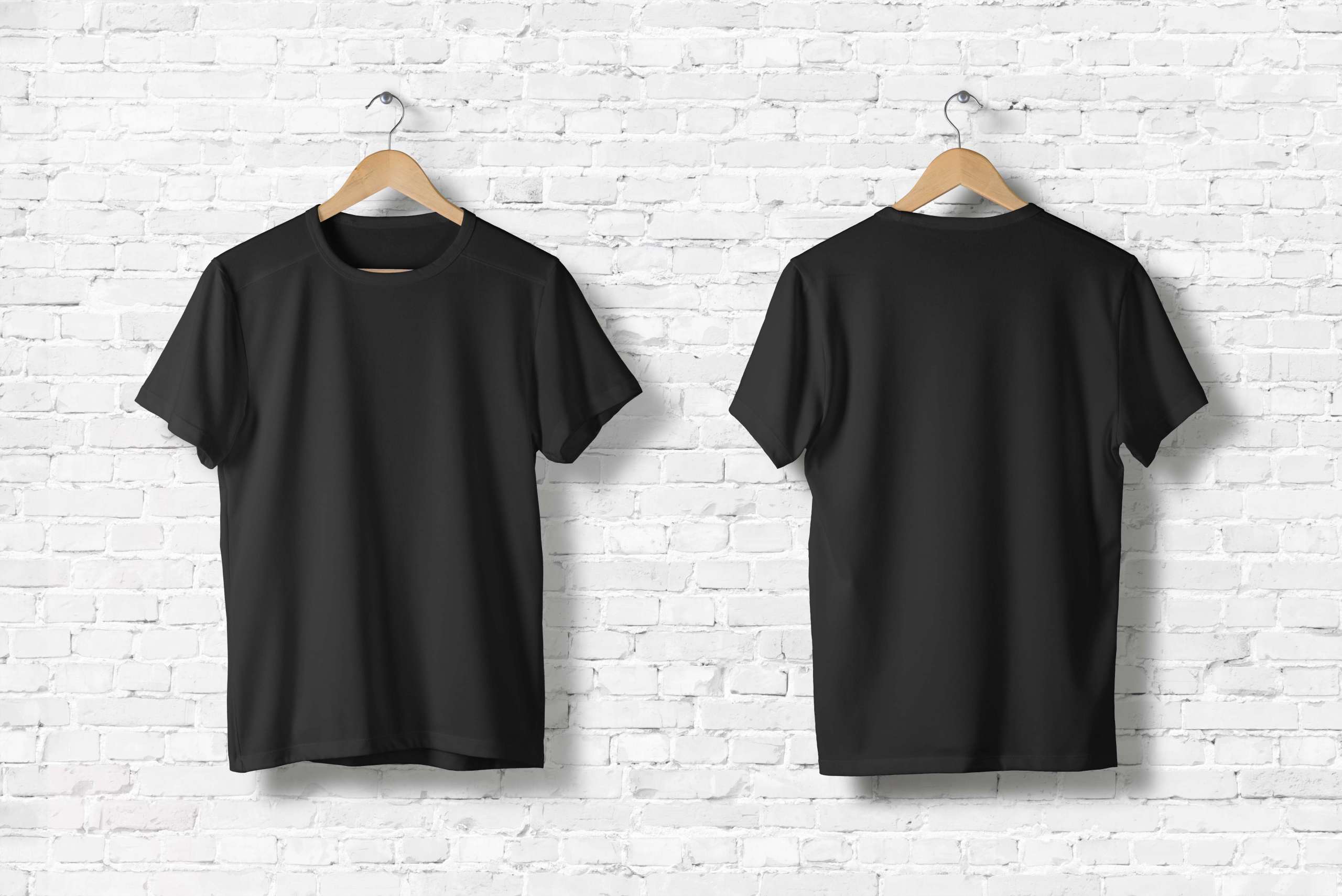How Much Does it Cost to Start a Clothing Line?



Starting a clothing line is a dream business plan of many fashion lovers and entrepreneurs of every age. With a unique branding strategy and market research, one can successfully launch a clothing business and compete in the market. For a successful clothing line launch, it is crucial to evaluate various aspects of the business before diving into this new endeavor. One of the most critical factors of starting a clothing line is to be aware of the costs involved.
If you are someone who wants to know the essential expenses involved in starting a clothing business, then this blog is for you. From manufacturing to sales, it is important to analyze your expenses and know your budget to avoid future inconvenience and business loss. To gain a better understanding of various clothing business costs, please read this blog to the end.
Let's explore some significant components to know how much does it cost to start a clothing line.
1. Manufacturing cost

Manufacturing cost is an essential expense involved in the clothing business requiring a substantial part of your capital. To manufacture top-notch quality garments, you need to focus on different production aspects and set your budget accordingly. To create an excellent clothing collection, you need to purchase splendid raw materials. Some of the primary costs in manufacturing garments include:
- Fabric type: In garment manufacturing, fabric cost may necessitate 60%-70% of the total manufacturing cost, depending on the type and quantity. Buying high-quality fabric is recommended by most fashion experts, as it increases customer retention and enhances brand value.
When manufacturing textiles, it is important to ascertain the exact amount of fabric required for a particular collection. This helps in avoiding wastage.
- Trims and accessories: Trims and accessories may not require as much capital as the fabric, but it is undoubtedly one of the necessary manufacturing costs. Trims and accessories costs may vary according to the numerous clothing types and trends. Zippers, buttons, elastics, prints, embroidery, and other trims and accessories cost should be included in the overall textile manufacturing cost.
- Labels and packaging: Adding logos and labels to the clothing collection is a proven technique of elevating the branding of the clothing line. Packaging materials such as bags, price tags, and cartons play a crucial role in adding more value and trust to your brand. Taking account of labels and tags as well packaging material in manufacturing cost is an important step of effective brand reinforcement.
- Shipping and logistics: After the completion of the manufacturing process, shipping the garment to your warehouse or retail stores is another significant step. To get your collection transported safely and securely from point A to B, you must consider shipping and logistic costs in your manufacturing expense. The charges may differ depending on the distance between the production house and retail and the quantity of stock.
As a start-up brand, you can look after the manufacturing process by starting textile production at your manufacturing facility. Or else you can hire a reputed manufacturing company that takes care of the entire process from manufacturing to shipping.
Hiring a B2B apparel company is another effective way of getting textile manufacturing done by professionals that have experience in the production of specific clothing products.
2. Labour and staff expense
Starting a clothing line requires talented individuals who can sew and cut a collection of garments properly. According to the scale of your business and the quantity of production, you will need to hire tailors and other laborers.
Laborer or staff salary is another essential component of expense in a clothing line business. You would need to hire different kinds of professionals to manage different domains of the business. If you are looking to start your clothing line with an online store, you can reduce your employee or staff expenses but with a physical store, you require a team who manages retail and after-sales service. Labor costs also depend on the experience level and skill set of the employees that you intend to hire, as experienced employees will have to be paid more.
3. Design cost

To create trendy and classy apparel, you need the services of a design team or a creative fashion designer. By employing a team of fashion designers with extensive fashion knowledge and original ideas, you can create impressive clothing collections and expand your brand.
From a simple t-shirt to a traditional outfit, a designer can help enhance the overall look of the collection by providing elegant ideas and creative touch. Freelance designers to industry specialists, you can hire fashion designers according to your need and target audience. This requires reserving a part of your capital for it.
4. Marketing cost
After manufacturing cost, marketing is an important cost component to consider for starting your clothing line. As a start-up, you should consider both traditional and digital marketing and analyze, which one works best for your business.
Traditional marketing mainly consists of banners, hoardings, pamphlets, etc., which is helpful to a certain extent for your business to flourish. However, if you want to reach your target audience more effectively then you should consider digital marketing over traditional marketing. Digital marketing will help you to achieve massive sales.
Digital marketing entails different cost elements:
- Website: Starting a website is essential for online brand awareness and selling your products successfully. You can pursue a good amount of sales online by selling apparel from your website and providing online payment options.
From product images to price and reviews, you can develop a website with all the important details, which will help customers in their buying decisions. You can hire a website developer or an agency that can create a stunning website for a better user experience.
- Social media marketing: An effective marketing strategy to reach your target audience and expand your business is to be active on social media and run ads. You can start in a small way by optimizing your social media accounts for better engagement and reach. Promoting your account and posts on social media platforms can boost online reach in no time and help you build a massive online community.
- Search engine marketing (SEM): The increasing number of online buyers makes it efficient to get a top ranking on the search engine results pages to attract more traffic. Search engine marketing is paid advertising on Google or other search engines when a user searches for specific keywords.
Running Google Ads is a marketing expense that can take your product sales to the next level and make your start-up successful. You can bid for the specific and relevant keyword according to your budget and take a potential from the Google page to your business website.
Hiring a digital marketing agency is an effective way to promote your business online through a professional marketing team. From an agency, you can get complete online marketing security including website creation, social media marketing, online ads creation, content writing, etc. You can also get some extra discounts and concessions for hiring an agency for a complete online marketing campaign.
If you want to cut off some marketing costs, you can learn digital marketing through courses or free content available online. Learning digital marketing will not only save a certain amount of money from the overall capital but will also provide you with the basic knowledge of ads creation and using online marketing tools.
According to your need and budget, you can include or exclude the marketing cost and go with the most necessary one at the start. Apart from the marketing strategies mentioned above, you can also try some trending marketing strategies such as influencer marketing to reach your target audience more effectively. Influencer marketing will help reduce the overall marketing cost as it has the potential to rapidly grow your brand awareness and reach.
5. Legal expenses
Acquiring a business license and permit is another necessary cost to consider before starting your clothing line. To avoid legal repercussions and inconvenience in the future, it is important to know what licenses and permits are required in your field of business.
Legal expenses, unlike other expenses such as manufacturing and marketing, do not require continual cost and are mostly one-time expenses. However, you must renew the expired license that too won't charge you an enormous amount. While the legal cost of licensing and permits may seem small compared with other costs, it is a necessary expense that shouldn't be overlooked.
Conclusion
But exactly how much does it cost to start a clothing line? This entirely depends on the scale of the business and the money you can afford to spend on marketing. For a rough estimation, you can start with $500 capital for a small-scale clothing line, $1500 - $5000 for medium-sized businesses, and $20000+ for major retail and wholesale clothing businesses.
Before investing your hard-earned money into your new start-up, it is imperative to set a realistic goal and understand your target market. You can look into the financial side of a clothing line with ample market research and start with as little funding as possible.
To be relevant in your niche market and gain new customers, it is significant to adopt modern marketing techniques and produce top-quality outfits that are trendy and sensibly priced.



















